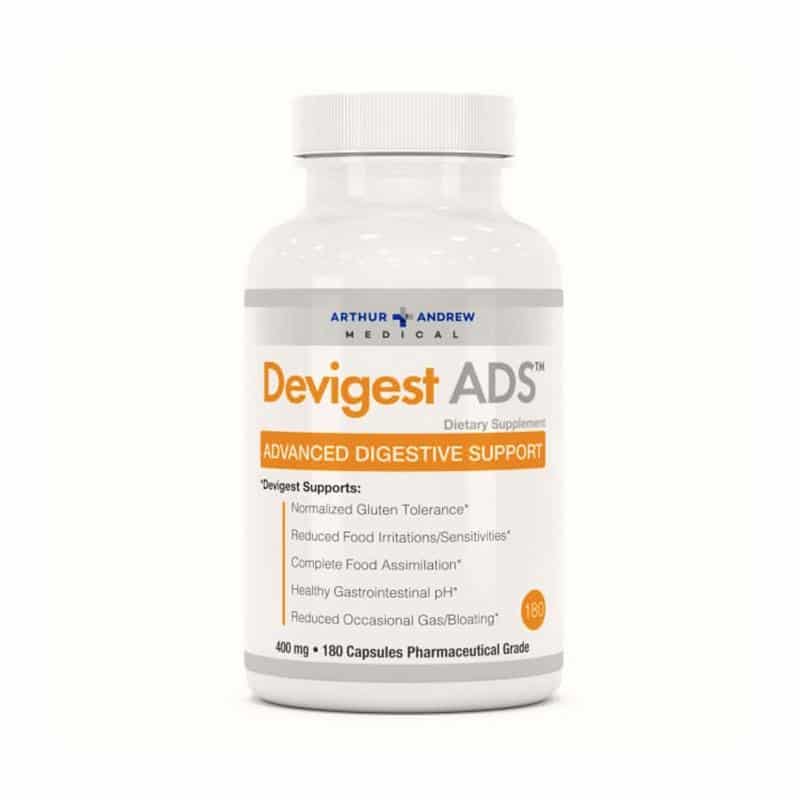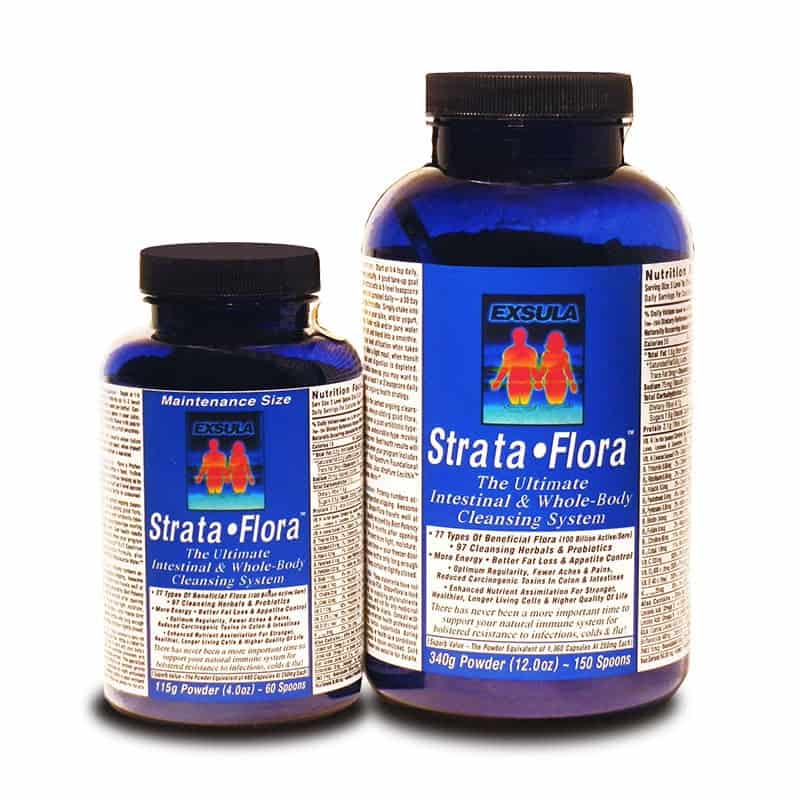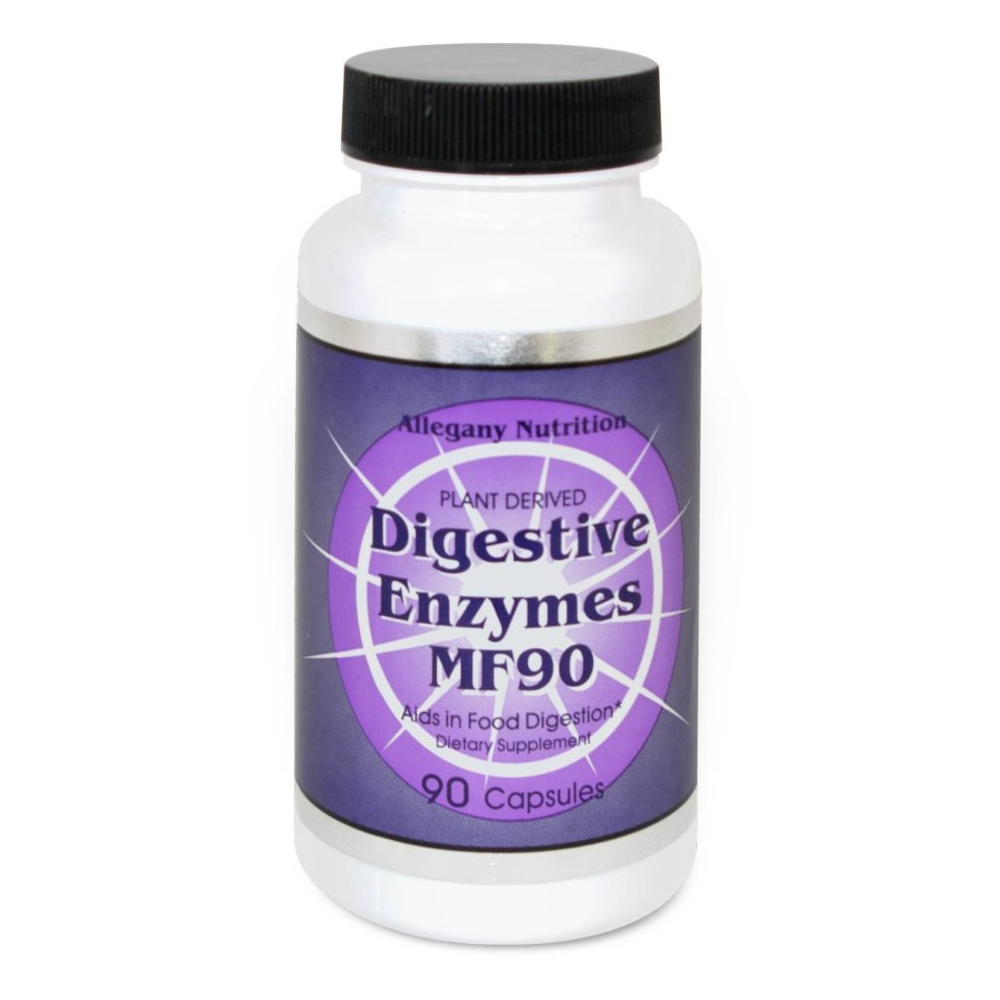No products in the cart.
Possible Acne Cure
We are not offering a cure for acne because (legally) we’re not allowed to say or write that we can cure anything. If it’s defined as a medical condition, only a licensed health practitioner can legally diagnose acne, or any other medical condition.
We are not allowed to prescribe the cure for acne. We can educate you about the conditions that may lead to the development of acne, and we can share with you research about acne, so that you can decide for yourself how you want to treat your acne.
Acne is a condition of the skin in which hormonal levels have become imbalanced and too much oil or sebum is being produced, along with improper cell proliferation (the process of cell death and regeneration) leading to clogged pores where bacteria can start to grow and multiply. It is also characterized by swelling and inflammation. This is why the area around a papule, pustule, nodule or cyst is red and tender. Papules, pustules, nodules and cysts are the dermatological categories of pimples, along with the more common whiteheads and blackheads that appear on the faces of nearly everyone you know. Pimples, or zits, occur when dead skin cells working their way out of the follicle become trapped or blocked. This blockage of the follicle is the perfect site for bacteria to start growing, which calls in the immune system to clean up the mess, and voila, you have inflammation and redness.
What You Can Do in the Short Term
When you visit the dermatologist, they will often prescribe you a medication such as Acutane which has a list of side effects so long it could terrify anyone. Your skin may eventually clear, but your liver will be in distress and you will be so photosensitive and dry skinned that you won’t want to leave the house anyways. Or, if you are a woman, the doctor may prescribe an estrogen/estradiol birth control pill to try and balance out your androgen levels. We don’t yet know the long term effects of synthetic hormone birth control on the endocrine system, or the rest of the body. To reduce the size and redness of pimples a cortisone cream may be prescribed – this too is using hormonal means to control the acne. Instead of using synthetic hormones to try and bring the situation under control, why don’t you give natural means to control the inflammation a try? They will do the job without all the side effects and will not dry your skin out.
The most obvious problem with Acne is the inflammation – the red, swollen, painful-to-touch skin. Most people want to treat the skin, because the problem is in the skin. There are two directions you can take: either drain and detoxify the tissue, and for that we highly recommend a simple and natural tool – TransDerma Minerals Magnesium Powder mixed into a water poultice or into Miracle II Moisturizer or reduce the acidity of the tissue (redness and swelling are signs of localized acidity) by applying Miracle II Neutralizer Gel . You will see immediate results.
The Cause of Acne
Acne is caused by a complex interaction of hormonal imbalance, excess activity in the oil ducts, faster die-off, and bacterial infection feeding on the debris that causes the inflammation. Let me explain it in full detail (feel free to skip the next two paragraphs; I include it to make sure you appreciate the research that has gone into this report). Are you wondering “how did this happen to me?” The answer lies in the balance of hormones in your body. There are believed to be five main causes of acne. They are (1) an increase in cell turn over or proliferation in the oil gland/duct, (2) incomplete separation of dead cells (they stick together and form a blockage), (3) an androgen-mediated increase in oil (sebum) production, (4) bacterial growth at the site of the blockage and (5) resulting inflammation.
The increase in cell turnover is linked to the insulin levels in the blood. So, by eating meals that are filled with high glycemic-index foods (carbohydrates and processed foods) your day-long blood insulin levels remain high, directly affecting the process of cell apoptosis and proliferation. You will also likely have hyperinsulinemia and be insulin resistant from eating this diet, which will create imbalances in IGF-1, and insulin-like growth factor binding protein 3 (IGFBP-3) levels. The high levels of insulin and insulin-like growth factor 1 (IGF-1) have a direct link to the increase in the bioavailability of androgen hormones in the blood, which tells your skin to produce more oil. When this oil production becomes excessive, it can cause or exacerbate blocked pores and promote the growth of bacteria in the pilosebaceous duct. As a result of this bacterial growth, the body sends in white blood cells to try and clean up the mess. This presents itself as inflammation – heat, redness, swelling and pain.
Here’s Your Long Term Prognosis – If You Don’t Change Anything
If you continue with your present lifestyle, the lesions on your skin will continue to form, leaving you with scarred and inflamed skin. Your hormones will remain out of balance causing you to continue to overproduce oil and encourage bacteria to grow in the clogged pores of your skin. By not changing the way you are eating, your insulin levels will remain high, you will become insulin resistant, and possibly face diabetes as your pancreas become too tired to function properly. The inflammation cannot settle down if you are not providing your body with adequate amounts of omega-3 fatty acids.
What You Can Do in the The Long Term
The long term method for correcting this hormonal imbalance begins with looking at the foods that are going into your body on a daily basis. Eating foods that are processed and are listed as being high on the glycemic index puts stress on your endocrine system to produce enough insulin to maintain a safe blood glucose level, so to correct this imbalance you need to shift your diet in the opposite direction. Eat primarily foods that are low on the glycemic index, such as fresh vegetables and fruits, sprouted grains, meats and a high dose of essential fatty acids.
Because most of the foods in the grocery store are lacking in essential vitamins, minerals and nutrients, it is important to supplement using a broad spectrum Superfood blend. It is also important to get enough essential fatty acids from both food and dietary supplements such as Flax, Borage, or Hemp oils. The processed food diet does contain some essential fatty acids, but there is an over abundance of omega-6 fatty acids and a serious shortage of omega-3 fatty acids. It is this imbalance that needs to be corrected to bring down the inflammation.
Udo’s oil also provides a good balance of essential fatty acids in the 2:1:1 omega 3-6-9 ratio required by the body rather than the 1:10 omega-3 to omega-6 oil ratio that the common western diet provides. Eating a low glycemic index diet rich in fiber also means you will no longer be experiencing huge blood sugar spikes after you eat, and your body will stop the over production of the androgenic hormones that is triggered by diet-induced hyperinsulinemia and insulin resistance. As your hormone levels begin to come back into balance, you will no longer be experiencing oily skin, a contributing factor in the formation of acne.
The bottom line is, stop eating processed foods, fried food and simple carbohydrates. Instead try to eat more meals where the bulk of your nutrients are organic meats, good raw fats, fresh vegetables and unprocessed grains such as brown rice and quinoa. Supplement with Probiotics to replenish your digestive tract that has been decimated by antibiotics and chlorinated water with living healthy flora and fauna. Having a healthy digestive tract terrain is a prerequisite for cleansing your body of toxins and returning your skin to health.
A quick option to help deal with the hormonal imbalance and inflammation of acne is Proactiv Solution. It does not deal with the core issues, but it will get you clear skin fairly quickly. If you lack patience, and want to practice the ostrich approach to skin health, it is the tool for you. It is not cheap, but it works like a charm.
More About Acne
Acne affects about 85 percent of the population at some time in their life and is the most common skin disease treated by dermatologists. Most teens get the type of acne called acne vulgaris, which can appear on the face, neck, shoulders, back and chest. Conventional medicine attempts to treat acne with expensive antibiotics or topical creams that can be especially problematic because, the drugs kill all bacteria, the good along with the bad. Most conventional doctors and dermatologists say that acne is not related to diet, but we can confidently tell you that there is indeed a link, and a strong one at that. It is linked directly to the condition in your large intestine (or colon), and directly to your ability to digest specific starches.
The findings, which are in-line with many other studies, make a strong case for the significant role of environmental factors, such as diet, in acne. Limiting grains is an integral step toward optimizing your health. The more we study the influence of grains, and their secondary consequences on insulin, the more we will find that their pervasive influences touch nearly every aspect of our health. Additionally it was documented that the stress of final exams aggravated the acne of college students. It is important to deal with your stress especially by getting enough sleep, and hopefully some meditation.
Acne is virtually nonexistent in non-westernized societies, where refined carbohydrates and sugar are rarely eaten. For instance, in one study that looked at acne cases in islanders of Papua New Guinea and hunter-gatherers of Paraguay, no acne cases were found in either group. The findings, which are in-line with many other studies, make a strong case for the significant role of environmental factors, such as diet, in acne. Limiting grains, especially refined wheat flour, is an integral step toward optimizing your health.
If you wonder why doctors don’t name diet and your colon health as primary cause of acne, ask yourself this: how much money does the pharma-medical cartel make from putting you on a healthy diet? Exactly… LOTS! Many dermatologists prescribe long-term antibiotic treatments for acne. This can be especially problematic since every time you take an antibiotic, you kill beneficial bacteria along with the problematic bacteria. This can lead to many secondary conditions, such as yeast overgrowth. The other popular treatment, Acutane, has enough side effect warnings that should easily scare you away.
Eating highly processed foods such as refined breads and cereals, which are easily digested, leads to a chain reaction in the body. When breads and cereals are digested, it leads to an increased amount of sugar. In turn, this excess sugar allows the body to produce high levels of insulin and insulin-like growth factor (IGF-1). Elevated insulin levels lead to an excess of male hormones, which cause pores in the skin to secrete sebum, a greasy substance that attracts acne-promoting bacteria. Additionally, IGF-1 promotes the multiplication of skin cells known as keratinocytes, a process associated with acne.
Previous evidence has shown a link between insulin or IGF-1 and acne. It has been found that when IGF-1 is used to treat certain illnesses, male hormones increase, followed by acne. On the other hand, when women with polycystic ovary syndrome, a condition that causes an excess of insulin, were treated with the insulin-reducing drug metformin, acne was improved. Moreover, many women with acne problems overproduce insulin and IGF-1, researchers say. The processes used to manufacture modern breads and cereals may alter the protein structures in the grains, leading to rapid digestion followed by excess releases of insulin. Researchers point out that, along with acne, eating refined starches may be associated with shortsightedness and diabetes as well.
Acne affects about 85 percent of the population at some time in their life and is the most common skin disease treated by dermatologists. Most teens get the type of acne called acne vulgaris, which can appear on the face, neck, shoulders, back and chest. Conventional medicine attempts to treat acne with expensive antibiotics or topical creams that can be especially problematic because, the drugs kill all bacteria, the good along with the bad. Most conventional doctors and dermatologists say that acne is not related to diet, but we can confidently tell you that there is indeed a link, and a strong one at that. It is linked directly to the condition in your large intestine (or colon), and directly to your ability to digest specific starches.
The findings, which are in-line with many other studies, make a strong case for the significant role of environmental factors, such as diet, in acne. Limiting grains is an integral step toward optimizing your health. The more we study the influence of grains, and their secondary consequences on insulin, the more we will find that their pervasive influences touch nearly every aspect of our health. Additionally it was documented that the stress of final exams aggravated the acne of college students. It is important to deal with your stress especially by getting enough sleep, and hopefully some meditation.
Acne is virtually nonexistent in non-westernized societies, where refined carbohydrates and sugar are rarely eaten. For instance, in one study that looked at acne cases in islanders of Papua New Guinea and hunter-gatherers of Paraguay, no acne cases were found in either group. The findings, which are in-line with many other studies, make a strong case for the significant role of environmental factors, such as diet, in acne. Limiting grains, especially refined wheat flour, is an integral step toward optimizing your health.
If you wonder why doctors don’t name diet and your colon health as primary cause of acne, ask yourself this: how much money does the pharma-medical cartel make from putting you on a healthy diet? Exactly… Not a penny! Many dermatologists prescribe long-term antibiotic treatments for acne. This can be especially problematic since every time you take an antibiotic, you kill beneficial bacteria along with the problematic bacteria. This can lead to many secondary conditions, such as yeast overgrowth. The other popular treatment, Acutane, has enough side effect warnings that should easily scare you away.
Eating highly processed foods such as refined breads and cereals, which are easily digested, leads to a chain reaction in the body. When breads and cereals are digested, it leads to an increased amount of sugar. In turn, this excess sugar allows the body to produce high levels of insulin and insulin-like growth factor (IGF-1). Elevated insulin levels lead to an excess of male hormones, which cause pores in the skin to secrete sebum, a greasy substance that attracts acne-promoting bacteria. Additionally, IGF-1 promotes the multiplication of skin cells known as keratinocytes, a process associated with acne.
There is a link between insulin or IGF-1 and acne. When IGF-1 is used to treat certain illnesses, male hormones increase, followed by acne. On the other hand, when women with polycystic ovary syndrome (PCOS), a condition associated with excess insulin, were treated with the insulin-reducing drug metformin, acne was improved. Moreover, many women with acne problems overproduce insulin and IGF-1, researchers say. There is a strong link to the chronic iodine deficiency in the industrialized society and both acne and PCOS.
The processes used to manufacture modern breads and cereals may alter the protein structures in the grains, leading to rapid digestion followed by excess releases of insulin. Additionally, bromine used to condition the dough causes thyroid disruption. Researchers point out that, along with acne, eating refined starches may be associated with shortsightedness and diabetes as well. Thyroid disruption is tied to weight gain, dark circles under the eyes, lifeless hair, and cold hands and feet, and more importantly to PMS, miscarriages and low birth weight and low IQ babies.







